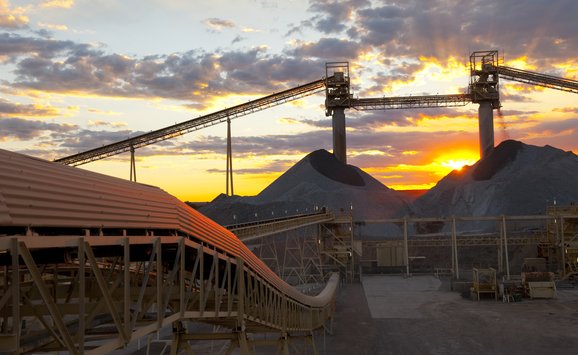Industries usually try to convince governments to loosen regulations. However, recent attempts by the Trump administration to roll back federal regulations—in this case, the passenger vehicle fuel economy and greenhouse gas standards—have been opposed by the US automotive sector. How did this curious inversion of policy norms come to be?
Federal regulations set fuel economy and greenhouse gas standards for new vehicles, and these standards reduce fuel consumption and emissions as new vehicles gradually replace older ones over time. The Obama administration set standards that become more restrictive over time and would raise average fuel economy of new vehicles to about 37 miles per gallon (mpg) by 2025. The Trump administration has proposed weakening the new vehicle standards to result in fuel economy averaging 30 mpg. (The fuel economy values refer to the numbers on the window stickers on cars at dealerships; recently, the media has often referred to higher numbers that are outdated or are based on outcomes of testing procedures.) The difference between 30 and 37 mpg reflects a freezing of the fuel economy standards at their 2021 levels. On June 7th, nearly every company that sells vehicles in the US market signed letters to President Trump and California Governor Gavin Newsom to ask them to reach a deal. Currently, California can set tighter standards than the federal ones, and the companies ask the two sides to agree to set the new vehicle standards so that their average falls somewhere in the middle, between 30 and 37 mpg.
Why are the companies asking for stronger regulation than the Trump administration wants? Auto companies may not save much from weaker regulation, and they have much to lose. For one thing, the US market constitutes about one-fifth of the global market and one-quarter of all vehicles subject to fuel economy or greenhouse gas standards worldwide. Consequently, even with weaker US standards, the companies must still achieve standards set by other countries; weakening US regulations is likely to have only a modest effect on the global standards the companies face and the costs of meeting them.
For another thing, the companies may already have committed to plans to meet the current, stricter standards into the early 2020s: weakening the standards in the early 2020s may not save the companies a significant amount of money. Typically, vehicles have four to six-year product cycles, and the companies incur huge fixed costs—in the billions of dollars—to design their vehicles in response to market and regulatory forces. Thus, the companies will not be able to change their plans quickly if the standards are weakened.
Also, weaker standards may actually raise the companies’ costs because of ensuing litigation. If the Trump administration proceeds to weaken the standards, California and 16 other states are prepared to sue the administration to block the weaker standards. Collectively, the states account for about 40 percent of the US market. If the states prevail in the courts, the companies may face two sets of standards: the tighter ones set by California and the other states, and the weaker federal standards.
The litigation is costly to the companies for two reasons. First, it creates uncertainty about the level of standards, which makes it more difficult for the companies to move ahead with their product plans. Second, the two sets of standards would drastically complicate the situation. For decades, the companies have advocated “One National Program” that creates a single set of standards for all vehicles in the United States. Having two sets of standards creates many headaches; companies would have to choose different pricing and product strategies for the California standards and the federal standards.
Finally, there are the intangible factors associated with consumer demand and future regulatory risks. While consumers clearly have a preference for SUVs (at least when fuel prices are low), many consumers also care about climate change and may shift their loyalties to companies with a better fuel economy record or to steadily cheaper electric vehicles. Indeed, oil prices are already so low, they can only go up, further increasing demand for more fuel efficient vehicles. And, given the salience of climate risks in the Democratic Party, a Democratic administration would surely return to the Obama era standards—at a minimum. Thus, to these auto companies, the status quo may look relatively good.







